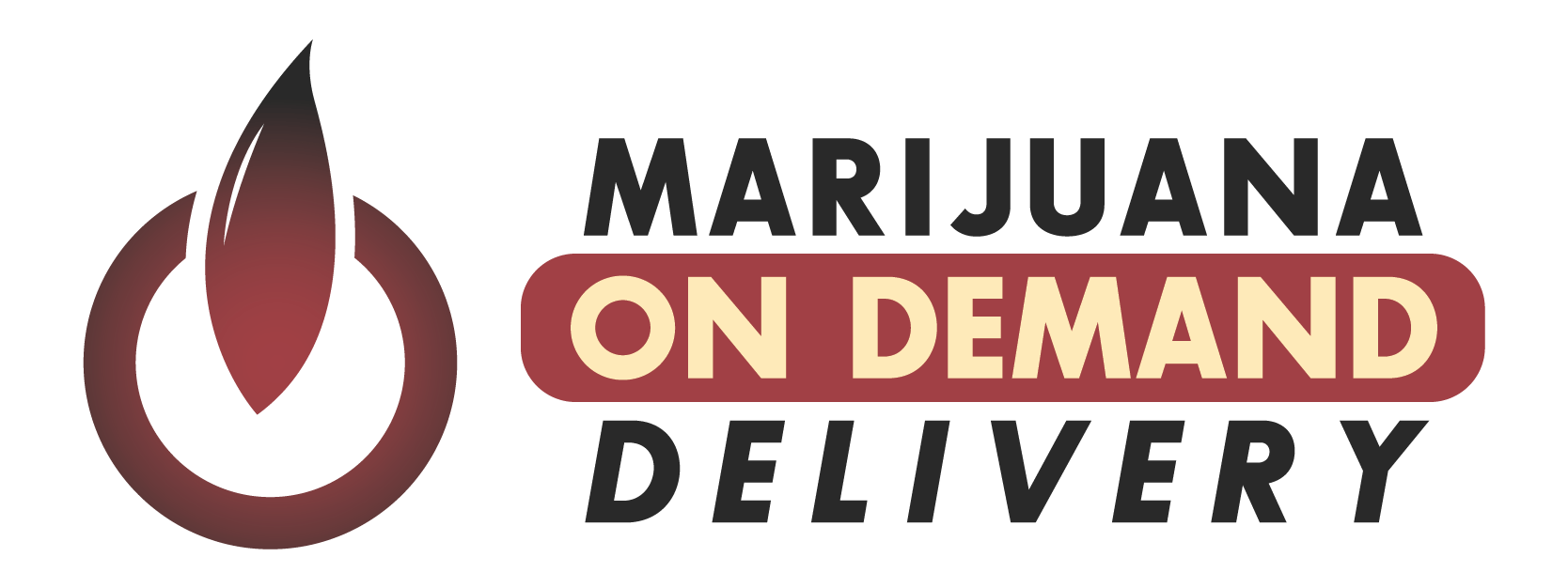Across the United States, some of the most futuristic logistics technologies—drones and autonomous vehicles—are edging into the cannabis industry. While their mainstream adoption remains nascent, a patchwork of pilots, regulatory hurdles, and early innovators suggests that automated delivery may soon reshape how consumers obtain cannabis products.
Drones Overhead: Pilots & Promises
Despite the high level of experimentation with drones in food and medical supply distribution, cannabis delivery via UAVs (unmanned aerial vehicles) remains rare and heavily regulated.
- GRN Holding in Washington announced plans for drone shipments of wholesale cannabis between distributors and dispensaries—not directly to consumers—signaling cautious exploration of UAV logistics in the cannabis supply chain.
- California’s Bureau of Cannabis Control explicitly prohibited drones and autonomous vehicles from delivering cannabis to consumers or between businesses under its state regulations.
- Recent industry analyses point to near-future potential for cannabis drone delivery pilots in rural areas and for medical patients, though anything beyond limited testing remains infeasible due to FAA restrictions and state airspace rules.
Autonomous Ground Vehicles & Delivery Robots
Parallel to aerial systems, the cannabis sector has eyed ground-based autonomy as a safer and more regulatory-friendly option.
- Robotic delivery pods have been tested for secure, contactless cannabis deliveries, using locked compartments that verify customer ID before releasing products.
However, like drones, autonomous ground delivery faces state-level bans, privacy concerns, and stringent tracking requirements. California again leads with restrictive policies, prohibiting unmanned vehicles from handling any cannabis deliveries.
Crop Management—Not Customer Delivery
Beyond logistics, drones have been widely used in cannabis cultivation.
- Drones serve valuable agricultural functions, such as crop health monitoring and mold remediation, rather than customer-facing deliveries.
Regulatory Realities Across States
- California explicitly bans UAV or unmanned vehicle cannabis delivery.
- Even in states without outright bans, companies must navigate FAA rules alongside local cannabis laws.
- Some pilot programs may focus narrowly on medical cannabis, especially in underserved rural areas.
Where Things Stand Now
- Drones (UAVs):
- Few pilots exist for wholesale distribution.
- Consumer delivery is banned in major cannabis markets.
- Technology remains experimental and in a legal gray area.
- Autonomous robots:
- Limited trials are occurring, mostly in rural or medical contexts.
- No large-scale commercial deployments yet.
- Crop drones:
- Widely used for cannabis cultivation and plant health monitoring.
- Considered mainstream technology for growers.
A Look Ahead
Major deployment of these technologies in the cannabis sector will depend on:
- FAA granting broader waivers for drone operations beyond visual line of sight.
- States adopting flexible regulations to align with innovation.
- Demonstrated safety, security, and privacy protocols.
- Investments in technology adapted specifically for cannabis delivery.
Until then, autonomous cannabis delivery remains an emerging frontier—full of promise, but tethered firmly by legal and regulatory constraints.
